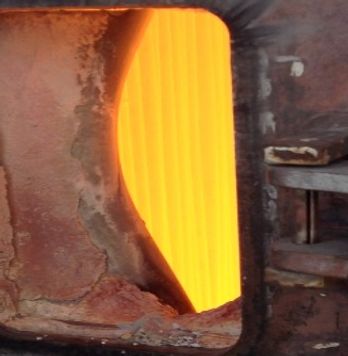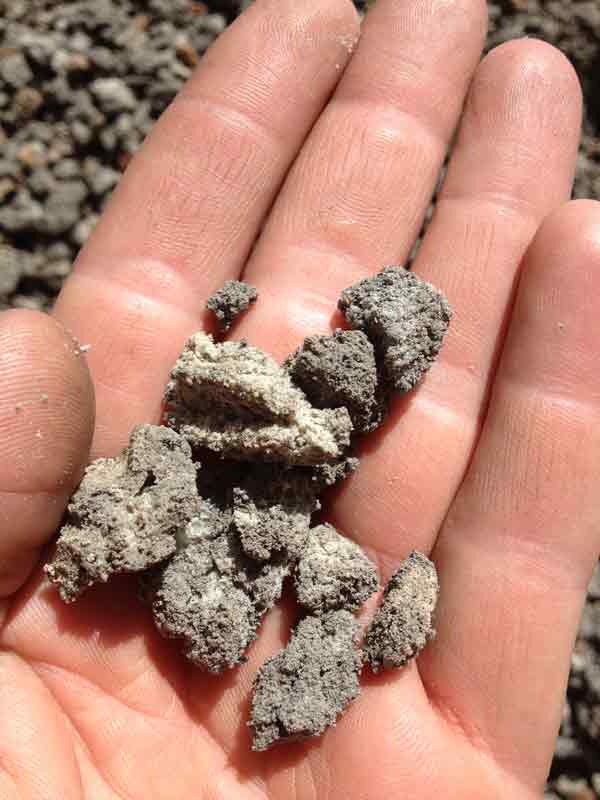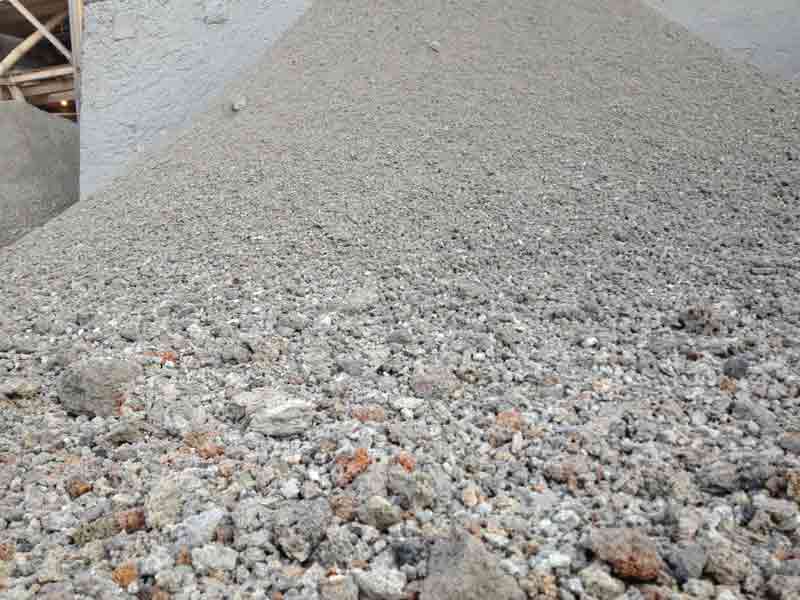SOUTHWESTERN POWER PLANT TECHNOLOGY DEMONSTRATION – APRIL 2013
Polarchem was involved in an online boiler cleaning demonstration. The demonstration took place at a coal fired power station located in Southwest USA. Application of both our Polarchem G3 and L2K products were used in this demonstration to show the effectiveness it offers in reducing LOI, improving combustion, and removing fouling and slagging from the boiler fireside surfaces. On April 1st, Polarchem’s agent met with the stations operational staff and engineers to discuss our process and identify injection points that could be utilised effectively. Demonstration data collection points and sample collection parameters were defined. Product injection began on April 2nd, and continued through to April 18th.















